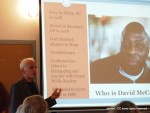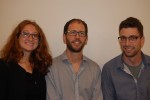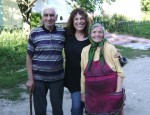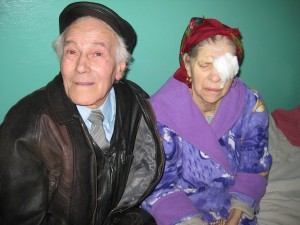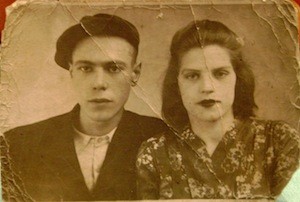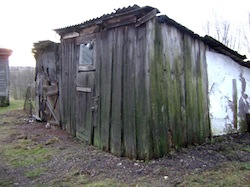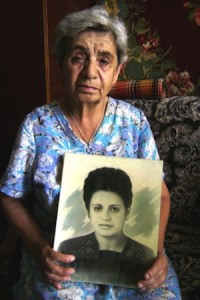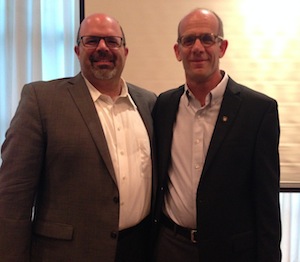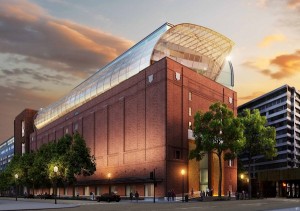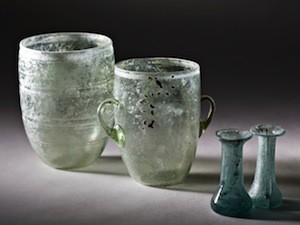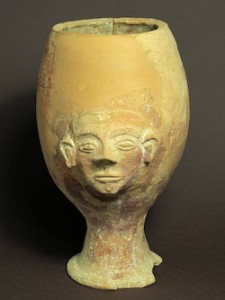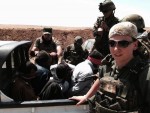According to David Matas, former president of Canadian Council of Refugees (CCR), changes that have been made to this country’s refugee system within the last few years have made it more difficult to sponsor refugees.
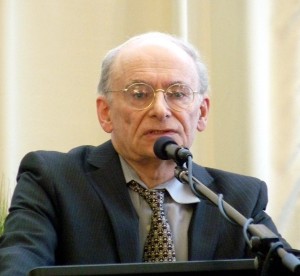
“We set up a sponsorship system in ’78 and it was used in ’79 and ’80 and years around there to bring in the Vietnamese refugees,” said Matas. With the different sponsorship programs developed over the years, mixed with the growing willingness of people to sponsor, visa offices no longer have the capacity to process the amount of sponsorship applications, he said.
“The response of the government, in my view, should have been to increase the resources to match the sponsorship need, but that’s not what happened,” he said. “Instead, what they did is put visa caps on the offices with the biggest numbers, as well as an overall local cap for private sponsorship through sponsorship agreement holders. Then, they divided the global cap amongst the sponsorship agreement holders.”
According to Citizenship and Immigration Canada, “A group of five (G5) is five or more Canadian citizens or permanent residents who have arranged to sponsor a refugee living abroad to come to Canada. All of the group members must be at least 18 years of age and live or have representatives in the area where the refugee will settle.
“The group must agree to give emotional and financial support to the refugee(s) for the full sponsorship period – usually one year.”
They couldn’t cap the G5 applications in the same way as the other, so what they did instead, said Matas, “was insist that anybody who sponsored through group of five had to get prior approval … through the office of the United Nations High Commissioner for Refugees, which is much more overwhelmed and under-funded than the Canadian government.”
The CIC website explains that, effective Oct. 19, 2012, “a G5 may only sponsor applicants who are recognized as refugees by either the United Nations Refugee Agency (UNHCR) or a foreign state, unless you are applying to sponsor a Syrian or Iraqi refugee.”
According to Matas, the caps made the lines longer, forcing people to reapply year after year, making it so that anybody who applied had to wait years before sponsorship came through.
“But, obviously when you’re dealing with refugee people marching across Europe, they can’t wait years,” he said. “And, what’s more, there is a direct connection between people leaving and the failure of the sponsorship. Because, if people know they’re putting in an application and, if they hang around, it will succeed, they’ll stay. But, if it’s going to take five or 10 years, there is no point in waiting.
“So, there’s a direct connection between this exodus that we’re seeing now, the failure of the Canadian sponsorship scheme and the absence of any European sponsorship schemes.”
Matas believes that if we had kept our Canadian sponsorship scheme as it was, then we could have advised Europe to do the same and, if Europe had agreed, all this mass migration could have been avoided.
Recent turmoil has simply shined a spotlight on the issue. “It’s just like water pressing against a dam,” said Matas. “In the beginning, it doesn’t have any impact. It’s only when it breaks, or the water overflows the dam, that you notice the dam isn’t working or that the dam is a problem.”
The current situation does not come as a big surprise to him, with visa offices being “under water” for years. But, instead of giving them more “air” (staff), they were further strained by the capping system, which artificially controlled the number of refugees going through the system, regardless of need.
“With the failure of the Canadian system, there wasn’t a picture to show the Europeans how it is done and ask them to do the same,” said Matas. Instead, “We have a system that collapsed. Well, not completely, but it ceased to be functional.”
According to Matas, the caps need to be removed and the system resources increased “to match the private sponsorship, so we don’t have the generosity of Canadians being frustrated.”
In early September, Matas spoke at a public rally about refugees organized by the Kurdish community of Winnipeg.
“The refugee sponsorship and resettlement community has been against these changes from the first minute they were discussed,” he said. “I am not presenting a new idea here. I’m reiterating a stand that has been taken many times in the past by the refugee support, resettlement, integration [and] advocacy community.”
The topic became an election issue, with candidates talking in terms of numbers – but not in terms of fixing the mechanics of the system. However, said Matas, “Presumably, with the numbers will go the capacity to process them.”
While many of the refugees arriving in Europe are Syrian, many are not, said Matas. “While the situation in Syria is terrible, it’s not the only place in the world that’s terrible,” he said.
About the Canadian government’s decision to not have Canadian visa officers apply the UN refugee definition to 10,000 Syrians, thereby allowing these 10,000 to enter Canada on a first-come, first-served basis, Matas said, “The government, with the recent announcement, did nothing to fix the system,” said Matas. “Rather, it acknowledged, indirectly, its failure, by deciding not to apply it to 10,000 random Syrians who may or may not be refugees. As far as I am concerned, that is not much of a response to the global refugee crisis or even, for that matter, the Syrian one.”
Rebeca Kuropatwa is a Winnipeg freelance writer.

